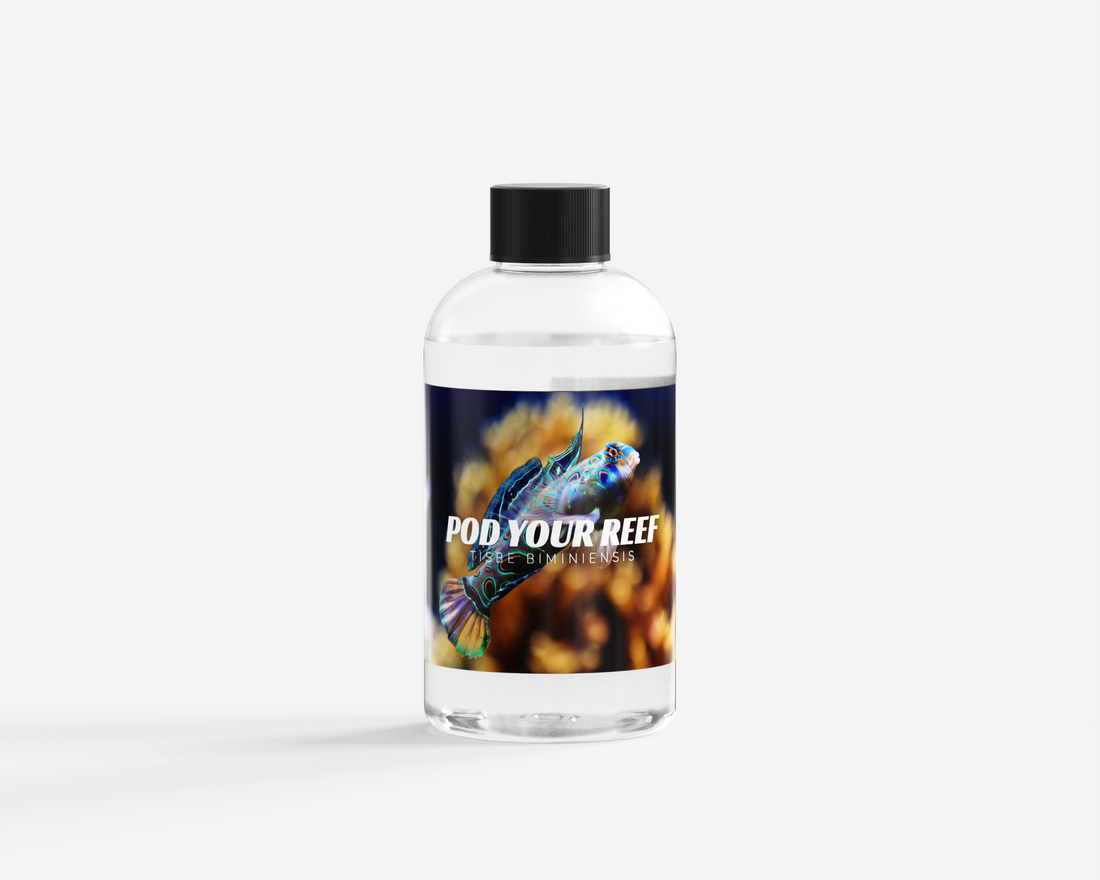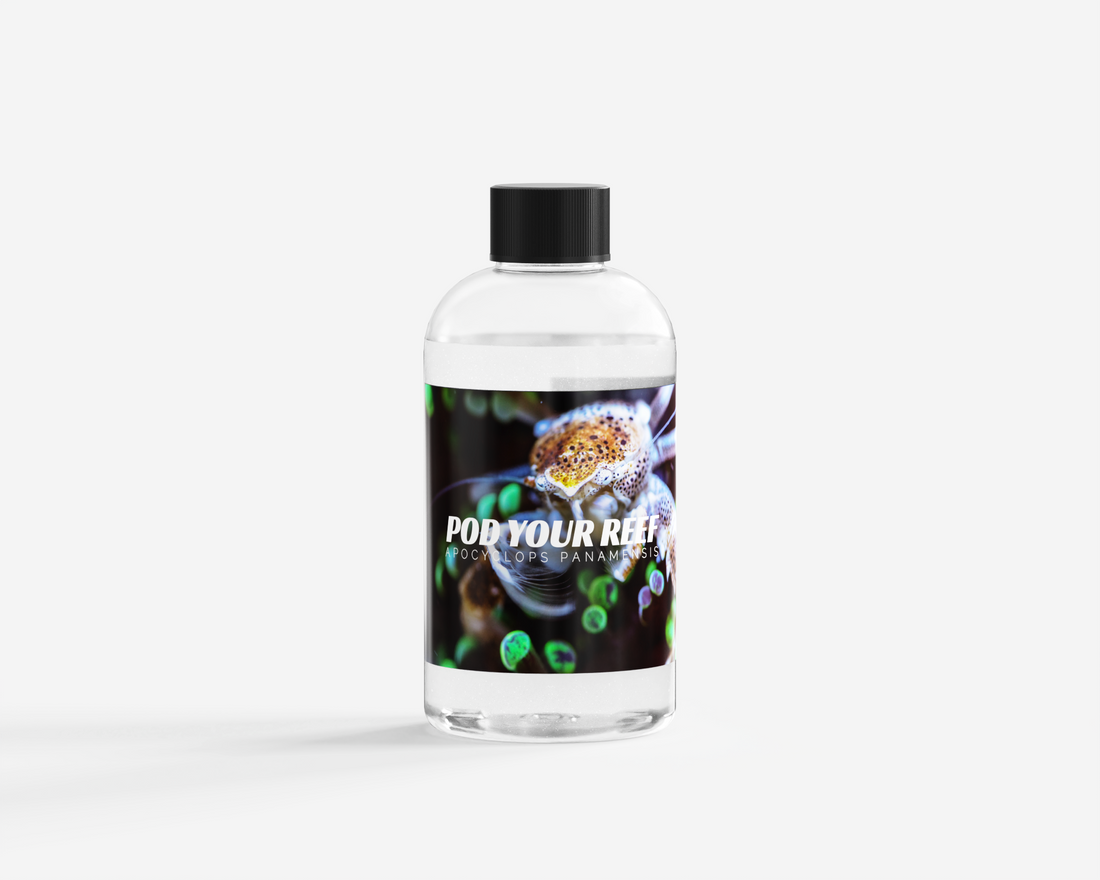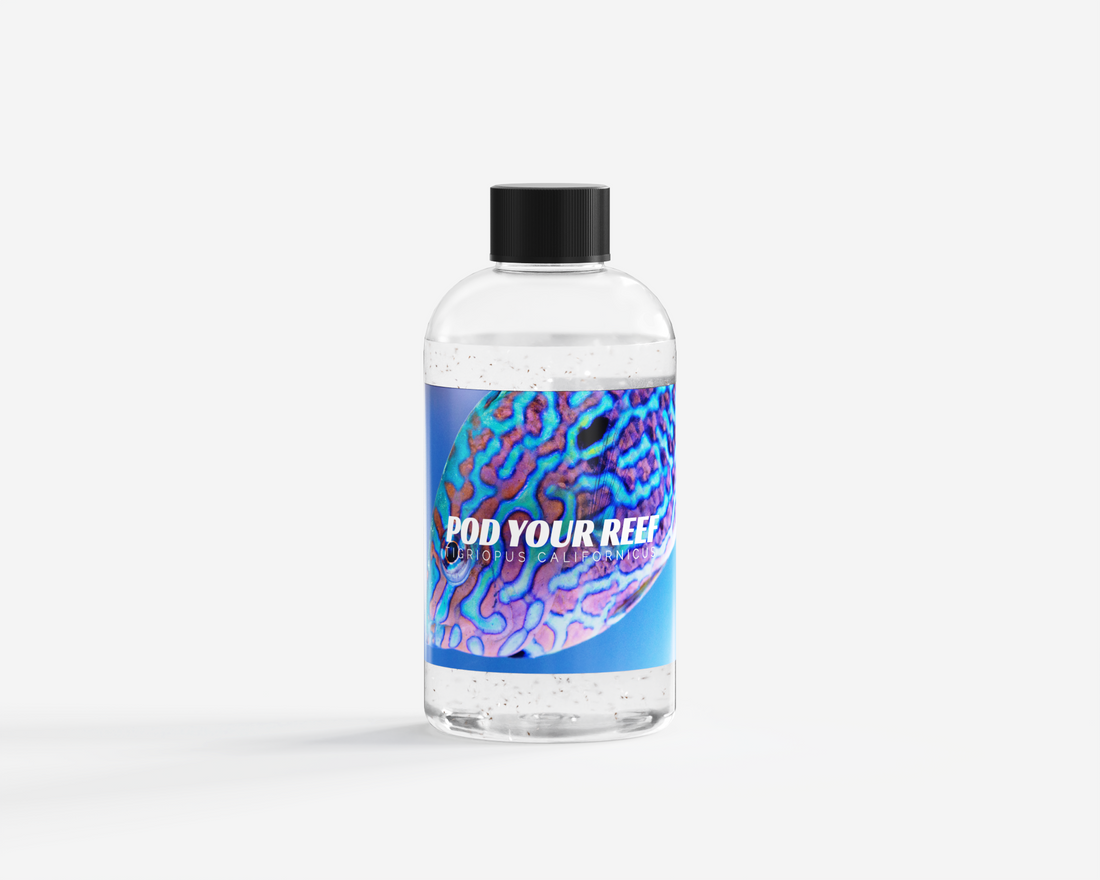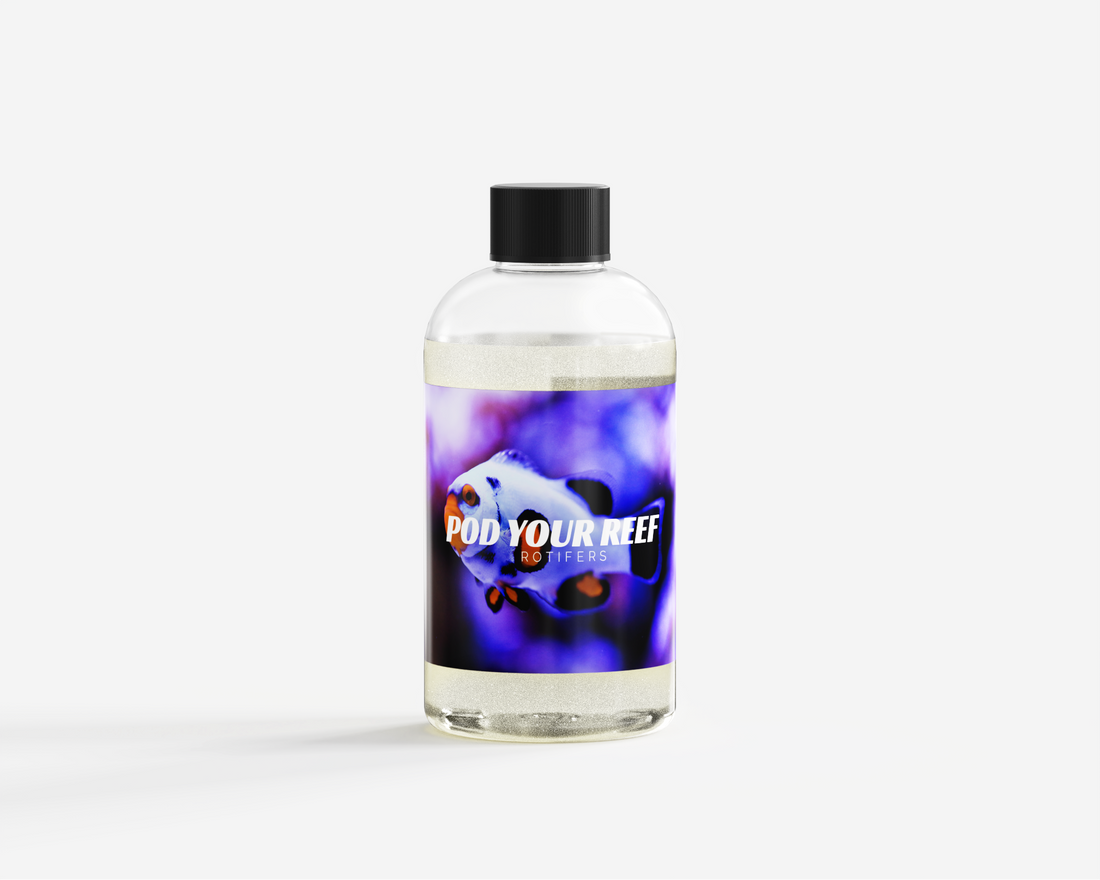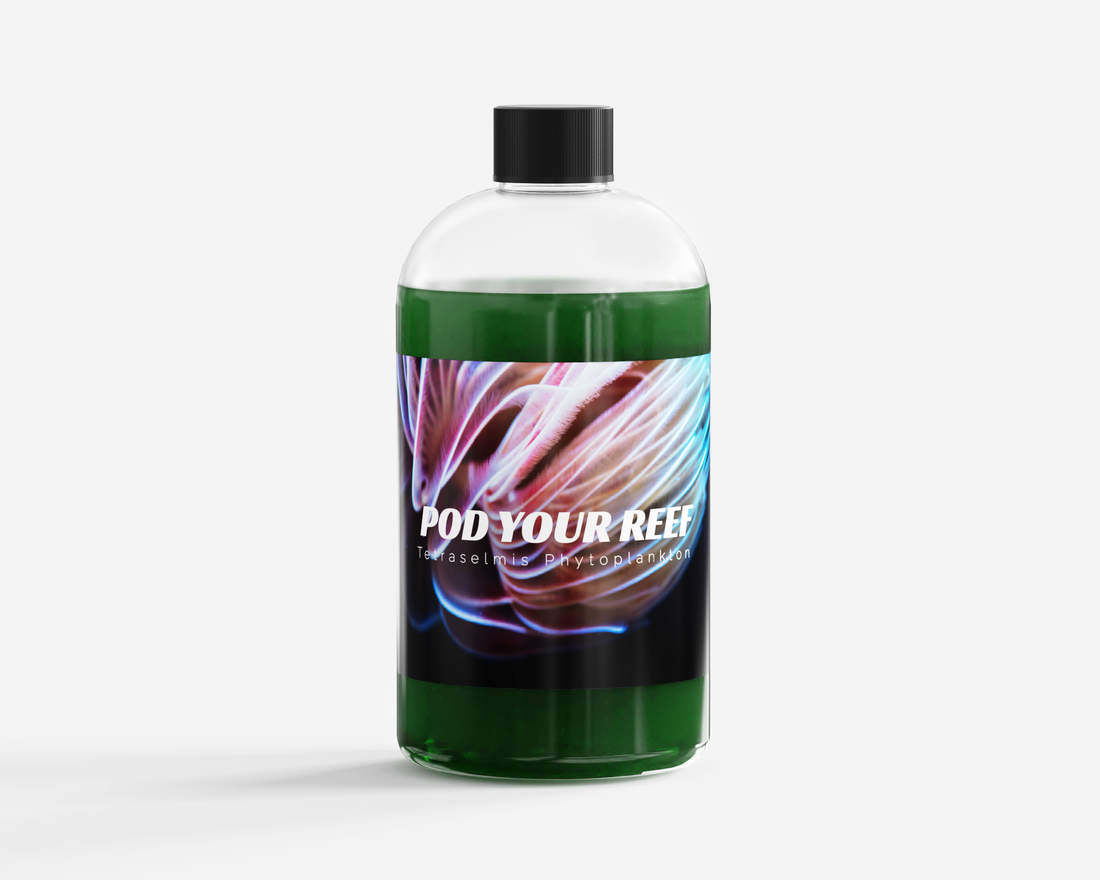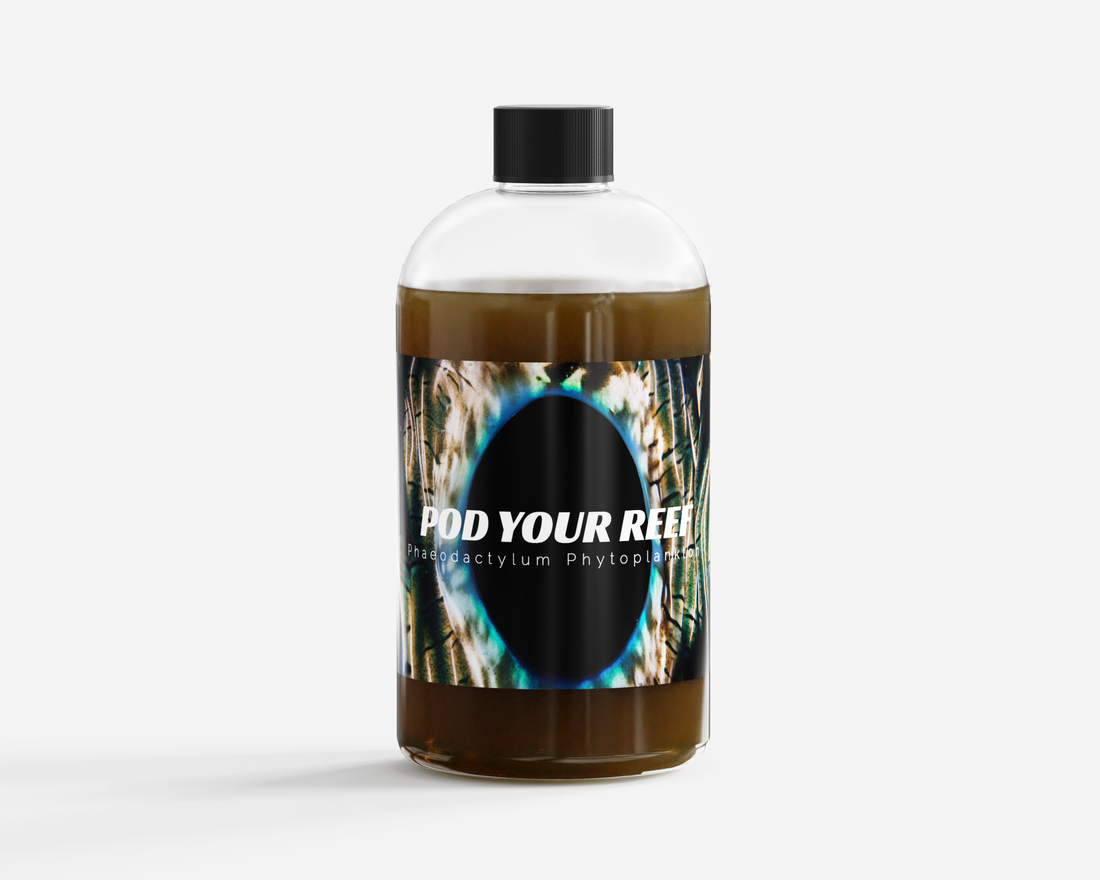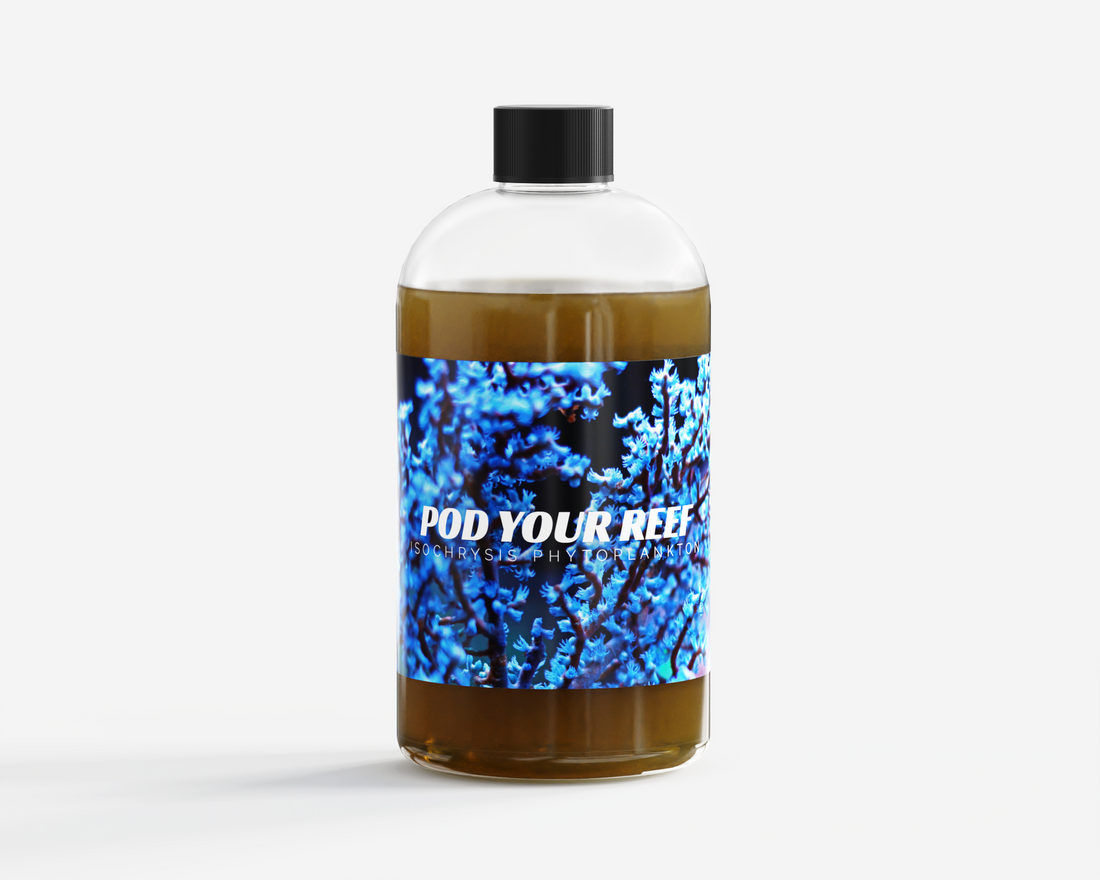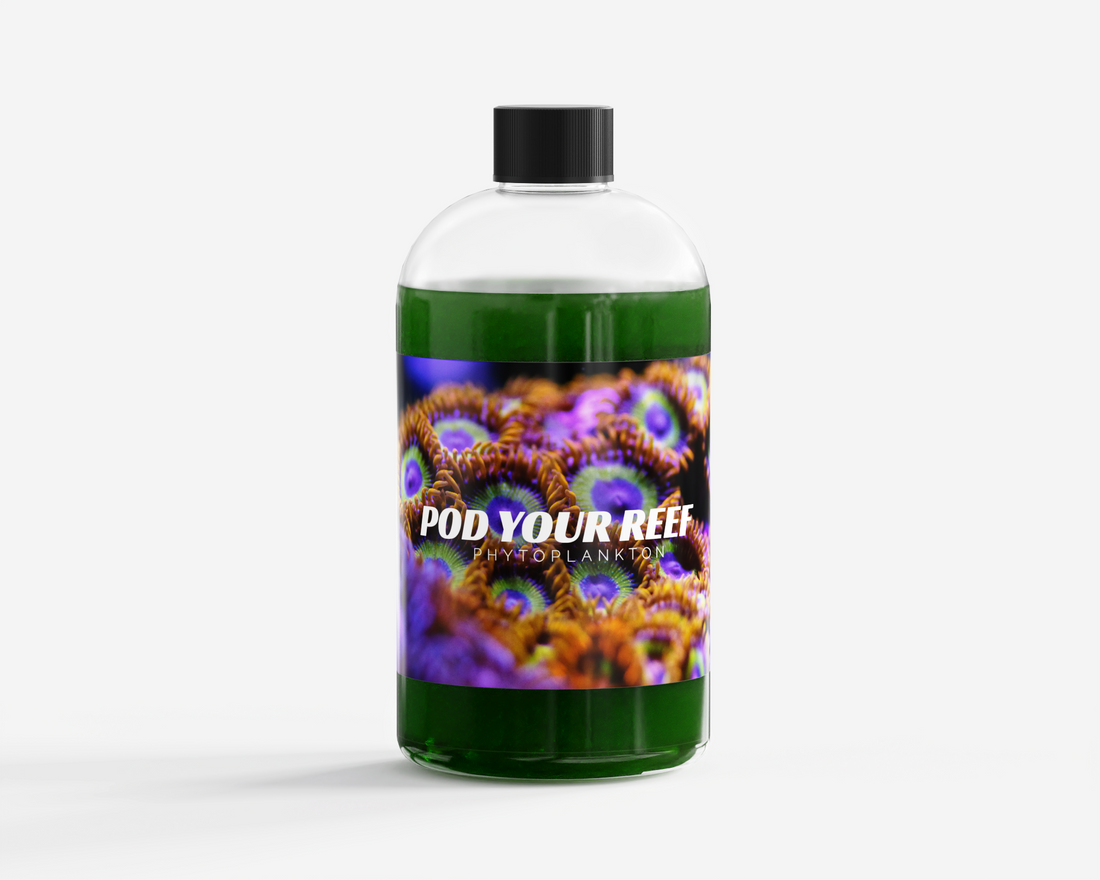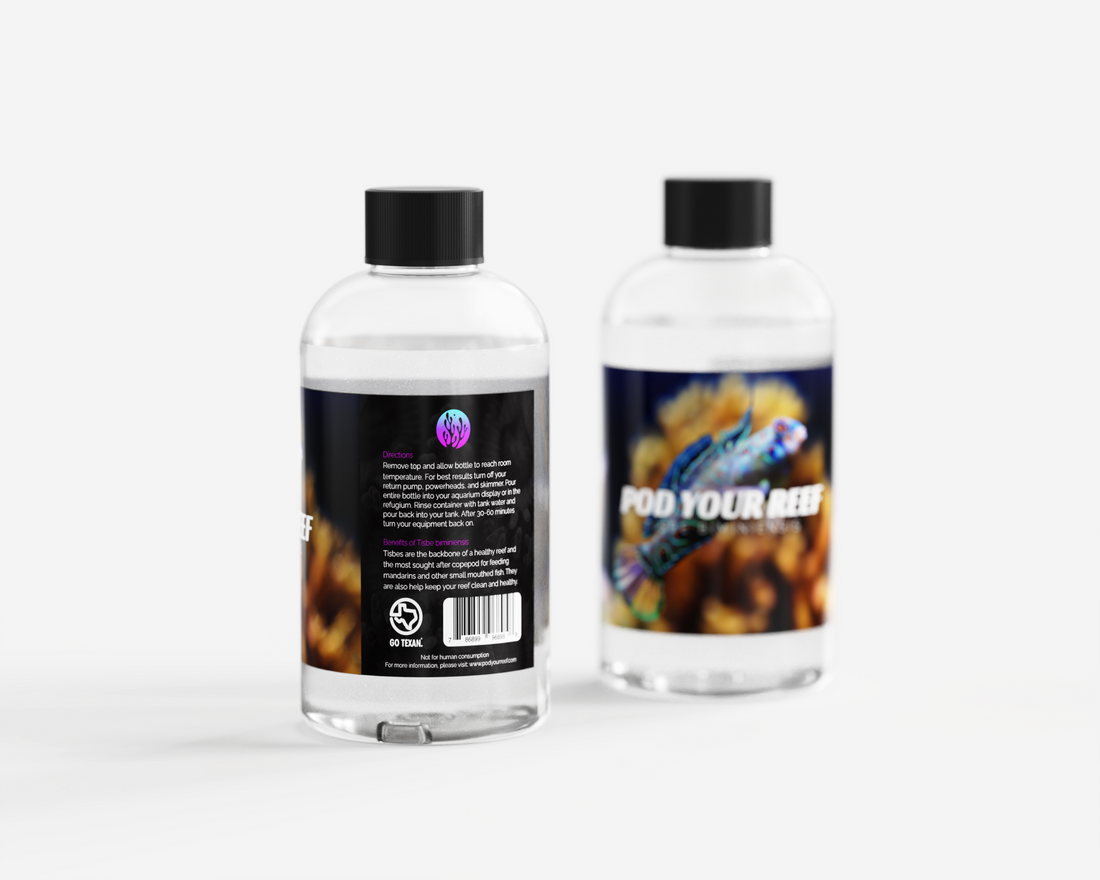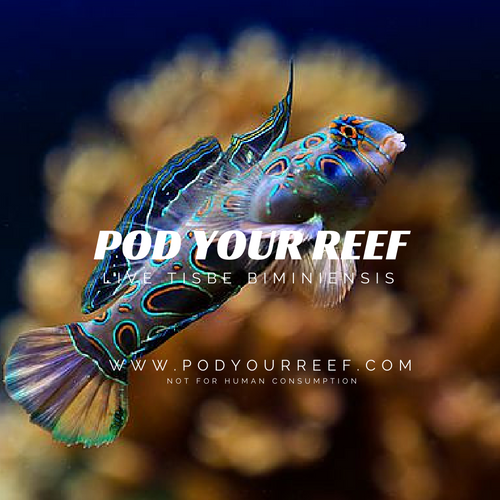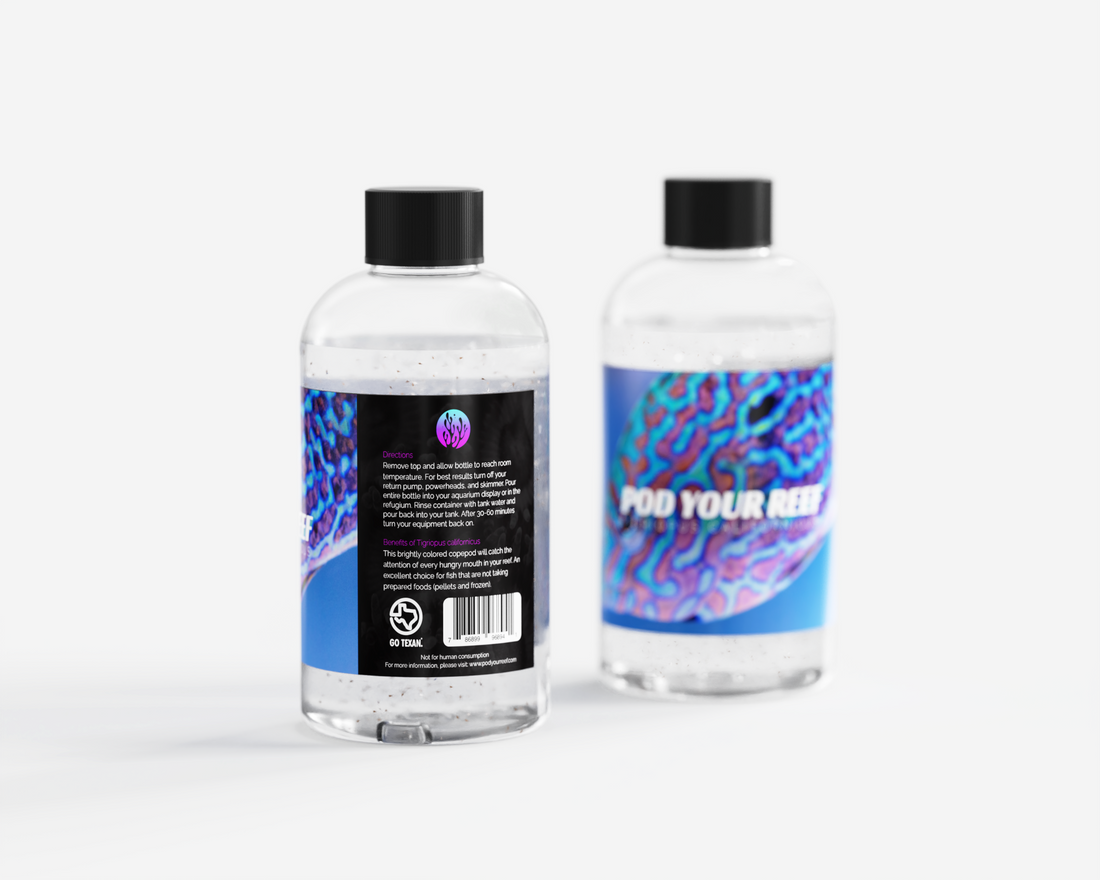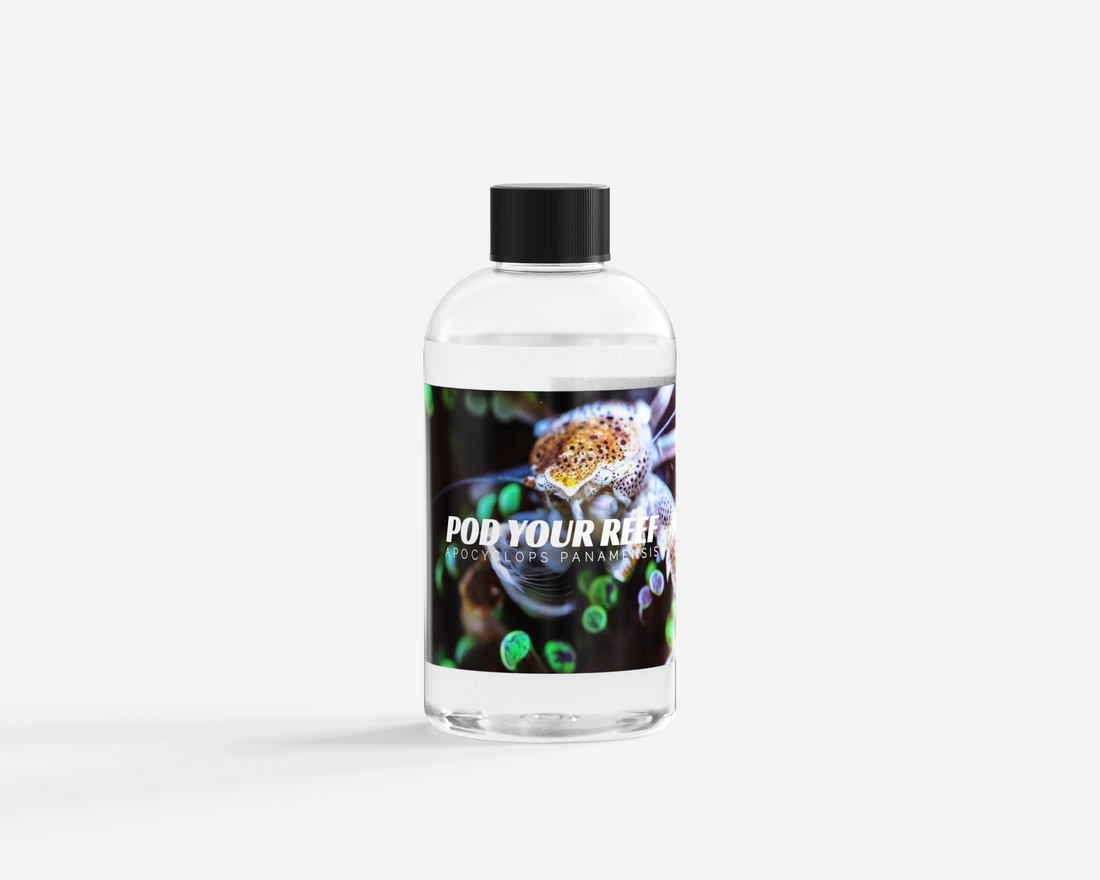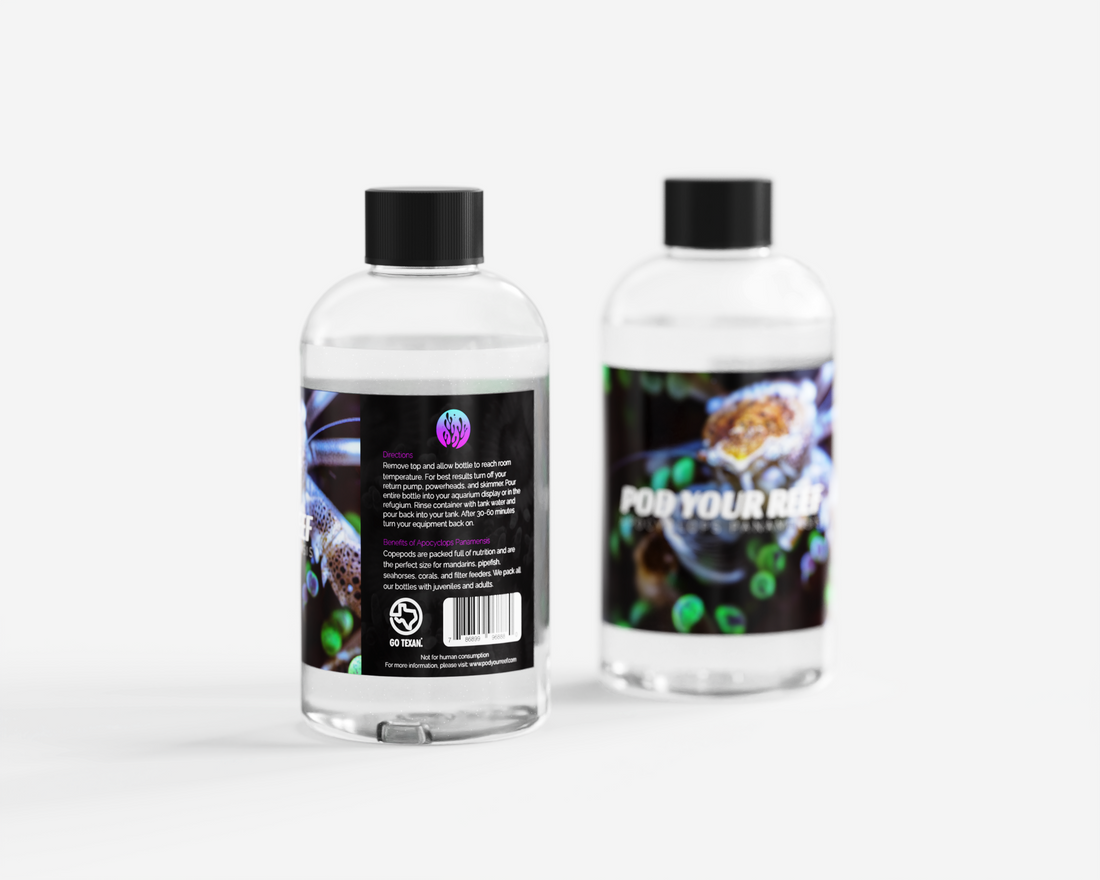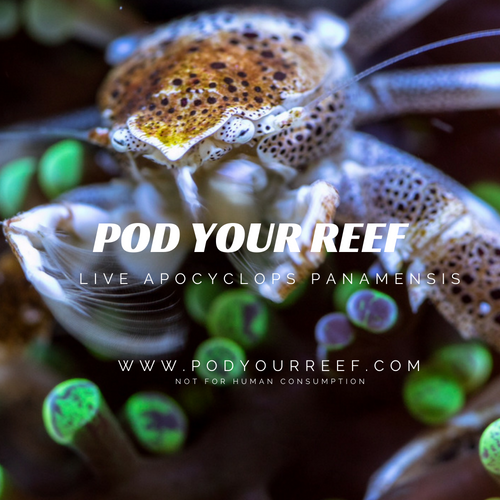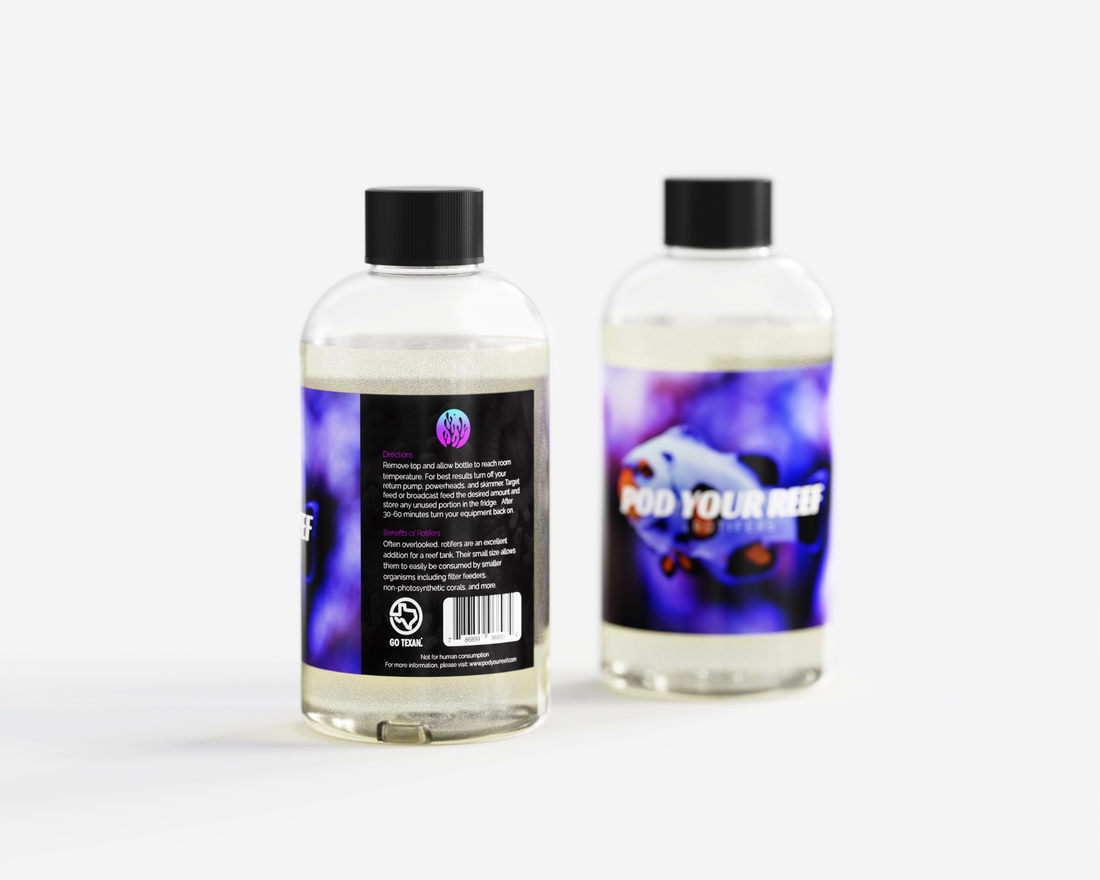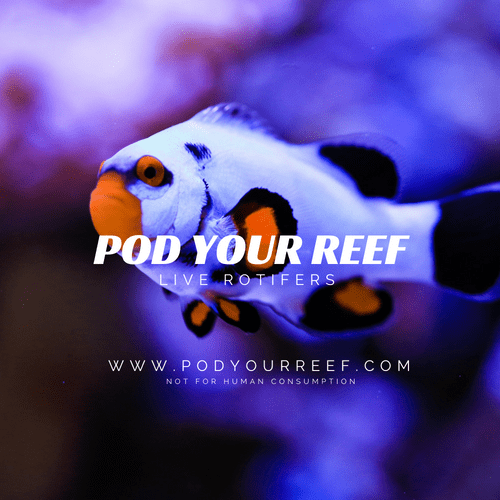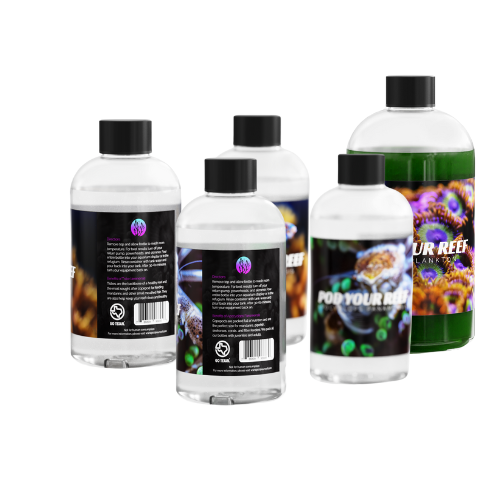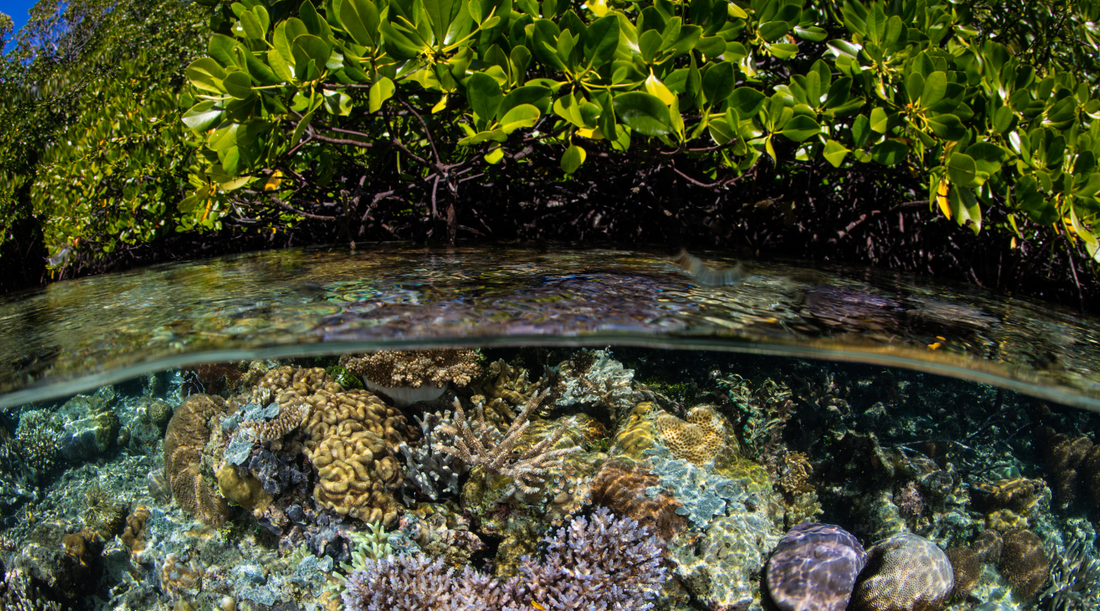
Care
The Mystique of Red Mangroves (Rhizophora mangle)
The Mystique of Red Mangroves (Rhizophora mangle)
Mangrove forests are places of confounding ecological mystique. Emerging from waste and brine, mangrove roots entangle as they grow into a biological labyrinth. This vast network of bark, branches and roots filter river water before it reaches the sea as well as armors the landscape in times of storm. Mangrove forests support a complex array of associated insects, fish, corals, molluscs, birds, reptiles, amphibians etc. The power of mangrove forest has not gone unnoticed by seasoned reefers and gardeners alike; and thus, many have experimented not only with mangrove propagation, but with the incorporation of mangroves into aquariums and other artificial landscapes.
Mangroves are an exciting addition to the aquarium industry, as they offer a freeing reconceptualization as to where the aquarists' attention….and imagination should go. To cater to a mangrove in aquaria is to cater to the light and air conditions to which the leaves are exposed. One obviously must have control of their water chemistry but additionally vital is attention to the biogeochemistry and microbial community of the substrate (be it gravel, sand, aragonite, etc.). But by attending to these factors and succeeding in establishing a mangrove plant, the aquarist has succeeded in creating conditions which cater to a wide variety of critters!
The most prolific mangrove species in North America is the Red Mangrove (Rhizophora mangle). This species grows from freshwater swamps all the way to the edge of full salinity seawater. It has adapted to a variety of substrates from terrestrial soils to brackish muds and coral rubble. This versatility allows Rhizophora mangle to form vast forests which buffer the southern coastline of the Americas.“The bark of Rhizophora mangle, the red mangrove, has been used traditionally in folk medicine of Caribbean countries due to its antiseptic, astringent, haemostatic and antifungal properties. Aqueous extracts are rich in tannins and have been proven experimentally to possess antibacterial, wound healing and antiulcerogenic effects.”(Berenguer et al 2006)
Red Mangroves have been mass cultivated as part of conservation efforts, but they are still a relatively new addition to the aquarium industry. Thus the following needs to be considered when attempting to cultivate them without a greenhouse or natural planting ground:
Life Cycle
Mangroves sexually reproduce when the female flower is fertilzed either by itself or the wind-driven pollen of another. The fertilized embryo forms a functional propagule which has no dormant stage, unlike the seeds of most conventional land crops. Once competent, the propagule is released by the mother plant and floats away in the tide. The propagule can float for over a year before finding a suitable rooting ground. The propagule forms roots to anchor itself before growing into a sapling and then into a mature tree. Though mangroves can be reproduced from cuttings or tissue culture, propagules are the most commonly traded form of the organism.
As a mangrove matures, it will form rigid prop roots which act to elevate the tree, while anchoring it deep in the substrate. These prop roots are also capable of absorbing oxygen directly from the air, a necessary feature in anoxic soils. It is these prop roots which create and support an intimate complex of symbiotic relationships. Birds, snakes, racoons, monkeys, frogs, insects and other terrestrial critters use mangrove roots to access the water. Fish species such as archer fish (Toxotidae) are specialized hunters of mangrove-dwelling insects, while various sessile organisms (oysters, tunicates, sponges, seaweeds, barnacles, corals etc.) attach to prop roots, resulting in ever-more complex biological architecture. Buseky et al 1996 observed swarming behavior in the copepod Dioithona oculata when exposed to mangrove prop roots and propagules. This behavior was consistent both in the wild and in the laboratory. On a microscopic scale, the prop roots are designed to recruit and support an elaborate ensemble of beneficial bacteria, fungi, archaea and algae. Though the intimate details of this microbial community is scarcely understood, it is known that it functions to stabilize soil chemistry so as to allow the host mangrove to thrive.
Lighting
“Root systems developed in contrasting environments like water, sand, or mud provide evidence as to the relative importance of light and air in affecting anatomical differentiation.”(Gill 1977)
Mangroves are terrestrial plants and thus are designed to utilize a completely different spectrum of light than corals and other marine photosynthetic organisms. Unlike corals, which largely utilize blue spectrum light (650nm+), mangroves and terrestrial plants largely absorb red spectrum light (400-550nm). There is also likely a greater importance that mangroves receive at least some UV-A and/or UV-B radiation as well. White-spectrum lighting of 4100K-6500K is more appropriate for mangrove growth than the predominant royal blues and violets of most coral LED’s. This is an important factor to consider as mangroves will likely not thrive under the same lighting schedule as open-water corals (SPS) and vice versa. Rather, mangroves are ideal for Refugium tanks which can have a separate lighting schedule dedicated to their growth. Otherwise, aquariums meant to support mangroves should have lots of highly-placed overarching lighting. Suspended lights, such as long T5 fluorescents/LED’s, are key to achieving this and encourage mangroves to grow into a ‘bush’ architecture. As mangroves grow in height, the aquarist should periodically trim unwanted branches/shoots. This allows them to control how much light is being exposed to the water below.
Water Level/Quality
Water quality is another vital consideration to keeping mangroves in aquaria. Like all plants, mangroves require excess amounts of nitrates, phosphates, iron and other inorganic nutrients in order to grow. Therefore, it is wise to plant mangroves in well-aged aquaria that possess established abundances of these nutrients, as well as a complex microbial community cycling them. Most nutrient absorption occurs in the mangrove roots and factors such as water temperature, pH, salinity, alkalinity etc. have dramatic and nuanced effects on the microbial community of the substrate. Feller et al 1995 demonstrated how nitrogen limitation can induce dwarfism in Rhizophora mangle–this offers the prospect of mangrove bonsai which would be of a more manageable size for home aquaria.
Salinity is arguably the most important controllable water parameter when growing mangroves. Red Mangroves (Rhizophora mangle) absorb water from their roots, utilizing a series of enzymes to perform ‘reverse osmosis’. Excess salt which enters the plant and must then be secreted onto the leaves. Though this system has allowed this species to dominate up until the sea itself, high-levels of salinity are far more stressful than low. Mangroves are best adapted to brackish aquaria ranging between 10-25ppt. They can also thrive in slightly salty freshwater (5-10ppt) and can be acclimated to full strength reef salinity (30-35ppt). However at higher salinities mangroves may experience inhibited growth and their leaves will require more misting.
Water level also influences the growth of red mangroves. Ellison et al 1997 demonstrated how mangroves planted in high water conditions (roots completely submerged) grew fewer branches and leaves than those grown at lower water levels (roots exposed to air). Mangroves grown at low water levels also grow much quicker into saplings than those at higher water levels. Water level also has marked effects on the carbon/nitrogen metabolism, with increased foliar C:N ratios in low-water level plants than those grown at higher water levels. Low-water mangroves also demonstrated significantly higher root porosity–a feature associated with beneficial microbes.
Fallen mangrove leaves have a profound effect on water quality. Besides lowering pH, the decomposition of these leaves provides a steady supply of carbon and tannins into the water column which blackwater fish species benefit greatly from. The break-down of mangrove leaves also gives rise to novel biofilm communities which can be extremely valuable food resources to grazing invertebrates and fish.
Substrate
Substrate is arguably the most confounding consideration to housing mangroves in aquaria. In the wild, most mangroves thrive in heavily anoxic soils, which have lots of methane discharge and sulfur processing. In short, low tide in a mangrove forest can produce an all-encompassing boquete of rotten eggs. Naturally, substrate of this quality is highly undesirable for home aquaria as it offends the space it occupies and can be highly dangerous to precious invertebrates and corals. Therefore, it is crucial to depend on the mangrove’s biological versatility to adapt to “cleaner” environments, subsisting of mostly oxygenated substrates with perhaps some areas of localized hypoxia. In aquaria this can be accomplished by a well-aged tank with a thick 4”+ of aragonite mud. This mud is crushed coral substrate, well-saturated with tan/brown organic matter and microbes. It is also of likely value, to have a diverse array of burrowing critters (spaghetti worms, polychaete worms, copepods, nassarius snails, sea cucumbers etc.) to provide mechanical movement of the substrate as well as a continuous cycling of its nutrients and microbes. If one wishes to plant a mangrove in a newer aquarium and does not want to wait for natural biological aging–then aquarium-friendly fertilizers can be used to supplement the mangroves’ ravenous need for nutrients. Additionally, more and more anaerobic probiotics are becoming available to help “seed” substrates with the microbes needed to facilitate a thriving mangrove tree indoors.
Overall Benefit of Mangrove Husbandry: Prospects of The Saltwater Paludarium
There are many nuances behind mangrove husbandry, almost as many as associated with corals. But just like with corals once the challenges have been overcome, success arrives with limitless possibilities. To have a living mangrove in aquaria is not only a thing of aesthetic beauty, but a mechanism to house a greater array of critters! A Paludarium is an artificial habitat designed to house both terrestrial and aquatic life. The challenge of most paulidarims is achieving a naturalistic transition from the aquatic element to the land. With a live mangrove, the transition could not be more seamless as the upper branches provide dry perch/basking areas for salt marsh water snakes (Nerodia clarkii), aquatic lizards or (in enormous setups) small birds. The upper branches can also be used to house Tillandsia and other air plants. The lower trunk of the mangrove provides semi-wet landing areas for species such as mudskippers (Oxudercinae), crab-eating frogs (Fejervarya cancrivora) as well as various terrestrial crab/snail species. The submerged prop roots provide bio-active structure to all sorts of fish and inverts as well as an attachment site for corals, molluscs, ornamental sponges and seaweeds (Ulva/ Gracilaria). These are but a few tastes of what is possible once the mangrove is catered to.
The Red Mangrove (Rhizophora mangle) is one of those keystone species which can revolutionize a hobby.
Literature Consulted
Allard, S. M., Costa, M. T., Bulseco, A. N., Helfer, V., Wilkins, L. G., Hassenrück, C., ... & Bowman, J. (2020). Introducing the mangrove microbiome initiative: identifying microbial research priorities and approaches to better understand, protect, and rehabilitate mangrove ecosystems. Msystems, 5(5), e00658-20.
Barr, J. G., Fuentes, J. D., Wang, D., Edmonds, Y., Zieman, J. C., Hayden, B. P., & Childers, D. (2003). Red mangroves emit hydrocarbons. Southeastern Naturalist, 2(4), 499-51
Berenguer, B., Sánchez, L. M., Quilez, A., López-Barreiro, M., De Haro, O., Galvez, J., & Martin, M. J. (2006). Protective and antioxidant effects of Rhizophora mangle L. against NSAID-induced gastric ulcers. Journal of ethnopharmacology, 103(2), 194-200.
Buskey, E. J., Peterson, J. O., & Ambler, J. W. (1996). he swarming behavior of the copepod Dioithona oculata: In situ and laboratory studies. Limnology and Oceanography, 41(3), 513-521.’
Craig, H., Kennedy, J. P., Devlin, D. J., Bardgett, R. D., & Rowntree, J. K. (2020). Effects of maternal genotypic identity and genetic diversity of the red mangrove Rhizophora mangle on associated soil bacterial communities: A field‐based experiment. Ecology and evolution, 10(24), 13957-13967.
Cundell, A. M., Brown, M. S., Stanford, R., & Mitchell, R. (1979). Microbial degradation of Rhizophora mangle leaves immersed in the sea. Estuarine and Coastal Marine Science, 9(3), 281-IN4.
Ellison, A. M., & Farnsworth, E. J. (1997). Simulated sea level change alters anatomy, physiology, growth, and reproduction of red mangrove (Rhizophora mangle L.). Oecologia, 112(4), 435-446.
Ellison, A. M., Farnsworth, E. J., & Twilley, R. R. (1996). Facultative mutualism between red mangroves and root‐fouling sponges in Belizean mangal. Ecology, 77(8), 2431-2444.
Feller, I. C. (1995). Effects of nutrient enrichment on growth and herbivory of dwarf red mangrove (Rhizophora mangle). Ecological monographs, 477-505.
Gill, A. M., & Tomlinson, P. B. (1969). Studies on the growth of red mangrove (Rhizophora mangle L.) I. Habit and general morphology. Biotropica, 1-9.
Gill, A. M., & Tomlinson, P. B. (1971). Studies on the growth of red mangrove (Rhizophora mangle L.) 3. Phenology of the shoot. Biotropica, 109-124.
Gill, A. M., & Tomlinson, P. B. (1977). Studies on the growth of red mangrove (Rhizophora mangle L.) 4. The adult root system. Biotropica, 145-155.
Gotto, J. W., & Taylor, B. F. (1976). N2 fixation associated with decaying leaves of the red mangrove (Rhizophora mangle). Applied and Environmental Microbiology, 31(5), 781-783.
Kathiresan, K., & Rajendran, N. (2002). Growth of a mangrove (Rhizophora apiculata) seedlings as influenced by GA3, light and salinity. Revista de biología tropical, 50(2), 525-530.
Lee, R. Y., Porubsky, W. P., Feller, I. C., McKee, K. L., & Joye, S. B. (2008). Porewater biogeochemistry and soil metabolism in dwarf red mangrove habitats (Twin Cays, Belize). Biogeochemistry, 87(2), 181-198
Lin, G. H., & Sternberg, L. D. S. (1992). Effect of growth form, salinity, nutrient and sulfide on photosynthesis, carbon isotope discrimination and growth of red mangrove (Rhizophora mangle L.). Functional Plant Biology, 19(5), 509-517.
Lin, G., & Sternberg, L. D. S. (1994). Utilization of surface water by red mangrove (Rhizophora mangle L.): An isotopic study. Bulletin of Marine Science, 54(1), 94-102.
Maie, N., Pisani, O., & Jaffé, R. (2008). Mangrove tannins in aquatic ecosystems: Their fate and possible influence on dissolved organic carbon and nitrogen cycling. Limnology and Oceanography, 53(1), 160-171.
Melchor, G., Armenteros, M., Fernández, O., Linares, E., & Fragas, I. (2001). Antibacterial activity of Rhizophora mangle bark. Fitoterapia, 72(6), 689-691.
Nickerson, N. H., & Thibodeau, F. R. (1985). Association between pore water sulfide concentrations and the distribution of mangroves. Biogeochemistry, 1(2), 183-192.
Pagan, X. M. C. (2000). Responses of red mangrove Rhizophora mangle L. to solar ultraviolet radiation. University of Puerto Rico, Mayaguez (Puerto Rico).
Perera, L. M. S., Ruedas, D., & Gómez, B. C. (2001). Gastric antiulcer effect of Rhizophora mangle L. Journal of Ethnopharmacology, 77(1), 1-3.
Perry, D. M. (1988). Effects of associated fauna on growth and productivity in the red mangrove. Ecology, 69(4), 1064-1075.
Scholander, P. F., Van Dam, L., & Scholander, S. I. (1955). Gas exchange in the roots of mangroves. American Journal of Botany, 42(1), 92-98.
Silva, C. A. R., Lacerda, L. D., & Rezende, C. E. (1990). Metals reservoir in a red mangrove forest. Biotropica, 339-345.
Smith, S. M., & Lee, D. W. (1999). Effects of light quantity and quality on early seedling development in the red mangrove, Rhizophora mangle L. Bulletin of marine science, 65(3), 795-806.
Thibodeau, F. R., & Nickerson, N. H. (1986). Differential oxidation of mangrove substrate by Avicennia germinans and Rhizophora mangle. American Journal of Botany, 73(4), 512-516.

